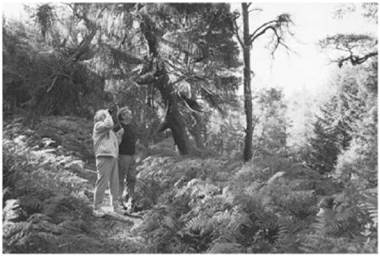Nowadays there are fewer nuclear families of the variety once featured on most television commercials for breakfast cereal: married couples and their dependent children. More people are living singly, as child-free couples or as lone parents.
The ways in which many of these new types of household use their free time to visit the outdoors are different from the those of heyday of car-borne family camping holidays or visits to the seaside. Single people may be more likely to find friends with similar tastes, perhaps of the same sex, to pursue particular types of activity. Young people, especially, may favour more risky forms of recreation, and if they are reasonably affluent this may require special equipment (see ‘Specialized tastes’ below). Childless married couples are freer to maintain the activity patterns of their youth, unencumbered by small children. They may pursue similar activities to single people, but favour those where mixed sexes can more easily share the experience.
Lone parents may present the most varied characteristics. Frequently, single-parent families are less affluent, less likely to possess a car, and less able to take up the opportunities available to other people or families. Because many are less affluent, such families may want to visit places nearer to where they live, where access need not be by car, and which are free or cheap to visit (see ‘Polarization’). If divorced or separated noncustodial parents have access to their children at weekends or during holidays, they may want to make the most of such times by visits to special places.
|
Older people are now one of the major user groups of the outdoors. Their requirements have to be considered, along with those of other groups, to ensure that they have a chance to obtain the most from their visits. |




